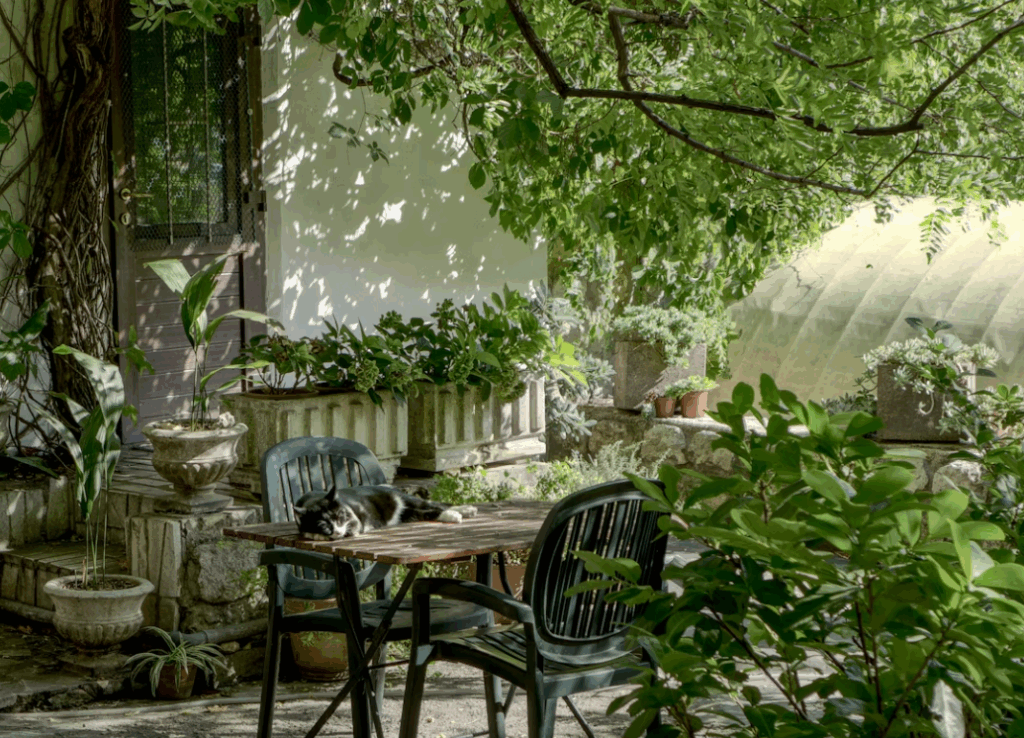Flowers may be celebrated for their beauty, but their deeper role in gardens is equally important. For centuries, flowers have functioned as natural defenders, attracting pollinators, confusing pests, and enriching the soil. When integrated into edible and ornamental spaces, they transform gardens from fragile arrangements into resilient ecosystems. Beyond their ecological value, flowers support mental health and infuse spaces with joy.
Growing flowers alongside vegetables demonstrates their protective powers. Marigolds release compounds that repel nematodes underground and scents that chase away aphids aboveground. Nasturtiums act as decoys, drawing pests away from crops while offering edible leaves and blossoms for the gardener. Calendula discourages harmful insects while attracting beneficial ones, creating a balance. Herbs that flower, like dill and fennel, welcome ladybugs who devour aphids. The result is an invisible army of allies that keeps gardens productive without reliance on chemicals.
Pollination is another extraordinary benefit. Without bees, butterflies, and birds drawn by flowers, fruiting plants like tomatoes, zucchini, and cucumbers would fail to produce generously. By planting nectar-rich flowers such as coneflowers, lavender, clover, and wild sunflowers, gardeners ensure constant visitors that sustain food harvests. These blooms create corridors of life that extend beyond one yard, stitching together neighborhood ecosystems.
Flowers also add to soil vitality. Clover fixes nitrogen naturally, enriching beds for vegetables the following season. Sunflowers dig deep roots that loosen compacted earth. Borage returns trace minerals to soil once plants die back. These contributions extend flowers’ roles far beyond ornament, making them agents of renewal.
Psychologically, flowers prove just as powerful. Studies show that colors influence moods: yellows lift spirits, blues calm minds, and vibrant reds energize. Fragrances, too, evoke memories, reduce stress, and provide a sense of grounding. A bed of marigolds swaying in the wind, a border of fragrant lavender along a path—such sights and scents soothe the soul after a long day. This hidden power explains why gardens incorporating flowers feel alive both practically and emotionally.
Designing with flowers brings together utility and beauty. Vegetable beds interplanted with zinnias or sunflowers suddenly become mosaics of color. Nasturtiums climbing trellises turn plain structures into cascades of orange and red. Herbs flowering into delicate blossoms prove that productivity and beauty are not separate but intertwined. A gardener who values flowers not as extras but as partners creates harmony and balance that lasts beyond any single harvest.
Ultimately, flowers remind us that nature thrives through collaboration. Instead of focusing solely on control through chemicals or barriers, gardeners who embrace blooms understand that diversity builds resilience. Each flower is both aesthetic inspiration and hardworking partner, proof that beauty and utility walk side by side. Gardening with flowers is not just about brightening spaces but about creating living, sustainable systems that reward us with food, joy, and health. They are defenders, healers, and storytellers blooming quietly in every corner of the garden.

